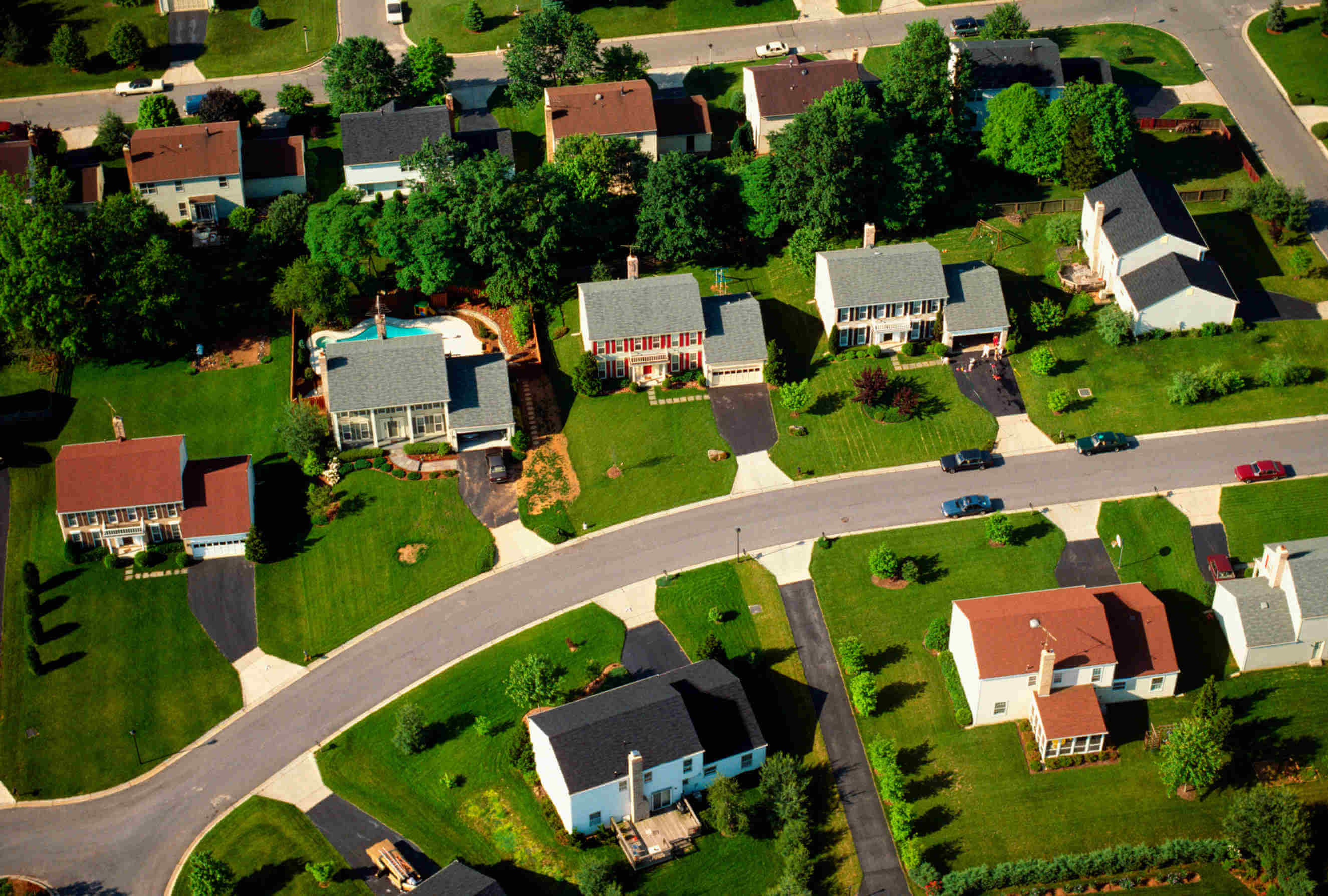U.S. Securities and Exchange Commission to require corporate climate disclosures
Understanding current and future climate change impacts on real estate is no small task. But it is one that publicly traded U.S. corporations must now work to provide.
In new rules adopted by the Securities and Exchange Commission (SEC) on March 6, regulators codified their push for companies to disclose details surrounding the impacts of climate change on their businesses.
These standardized disclosures for publicly listed companies will redefine the considerations that stakeholders, investors, and regulators use to evaluate how climate change may influence the portfolios of companies they choose to work with and invest in.
Climate Risk Assessments Meet Disclosure Requirements
Few businesses are unaware of how critical it is to understand the effects of climate change on property—the world’s largest asset class. But fewer have the data to accurately disclose this information and demonstrate the financially material impact of changing weather patterns on their portfolios.
From tornado risk to flood hazards to wildfires to severe winter storms, articulating the current and future financial materiality of natural disaster risk on a portfolio is now paramount. To confidently build a climate-resilient nation and make rational decisions that secure their financial health, companies will need to comprehensively grasp the risk associated with each individual property.
Interested in Disclosing Climate Risk for SEC Compliance?
To accurately disclose this information, companies will need to draw from a complete and current dataset that considers and incorporates the unique characteristics of individual properties. The challenge is that there are scores of variables to consider as part of these assessments, including:
- How big are the buildings, where are they located, and what is their actual geospatial building footprint?
- Is this building one of the 33 million residences1 with a combined reconstruction cost value of $11.6 trillion that is at moderate or greater risk of sustaining damage from hurricane-force winds?
- How close is a building located to a Special Flood Hazard Area, and what is the base flood elevation?
- Is the property located in Oregon, where average annual loss projections from wildfire2 is modeled to eclipse the risk seen in other states?
- Is the property in the path of severe convective storms, which is a peril that can cause up to $10 billion in estimated insured loss in a single event3.
All these questions, and many more, must be considered when modeling the current state of risk, potential future state possibilities, and worst-case future state contingencies that the SEC Climate guidance has outlined.
Climate Risk Analytics Build Better Risk Management
To answer these questions and help companies better understand the financial materiality of risk across perils, CoreLogic has developed Climate Risk Analytics.
This comprehensive model combines industry-leading property data with replacement costs, valuation elements, and natural hazard information to offer a holistic picture of climate influenced physical risk. Most importantly, these analytics have been developed to fully comply with the new SEC disclosure rules.
Climate Risk Analytics helps businesses understand chronic perils such as hurricanes, wildfires, floods, winter storms and severe convective storms, as well as acute perils like earthquakes. Our proprietary climate models calculate the likelihood of what can happen and where, so you can accurately measure possible impacts to protect your property and mitigate impacts to your bottom line.
The regulatory landscape has rapidly evolved over the last several years, and many organizations have had to quickly recalibrate their enterprise risk management strategies. For many, these new SEC material disclosure requirements are viewed as an opportunity for differentiation. For others, they are seen as catalysts for evolution. Regardless of how it’s framed, the new climate rules from the SEC will increase the scrutiny on corporate practices in areas vulnerable to climate change.
3: 2024 Severe Convective Storm Report
The CoreLogic statements and information in this blog post may not be reproduced or used in any form without express written permission. While all the CoreLogic statements and information are believed to be accurate, CoreLogic makes no representation or warranty as to the completeness or accuracy of the statements and information and assumes no responsibility whatsoever for the information and statements or any reliance thereon. CoreLogic® and Marshall & Swift® are the registered trademarks of CoreLogic, Inc. and/or its subsidiaries.


